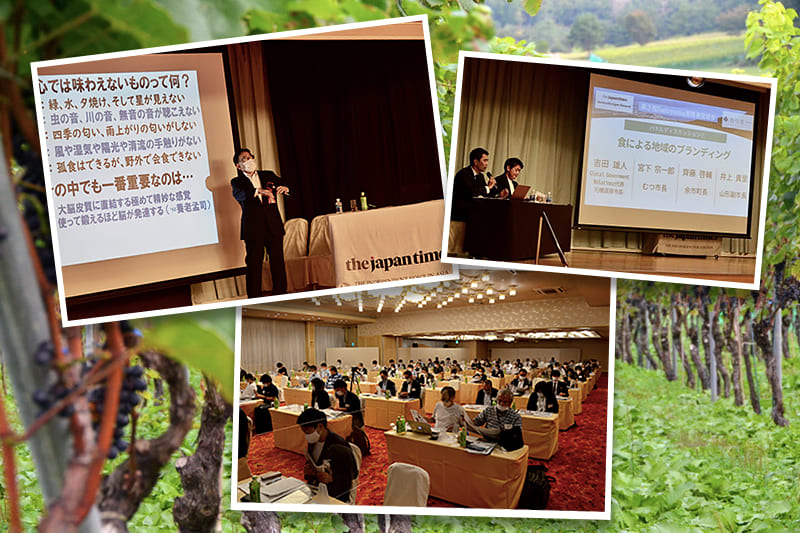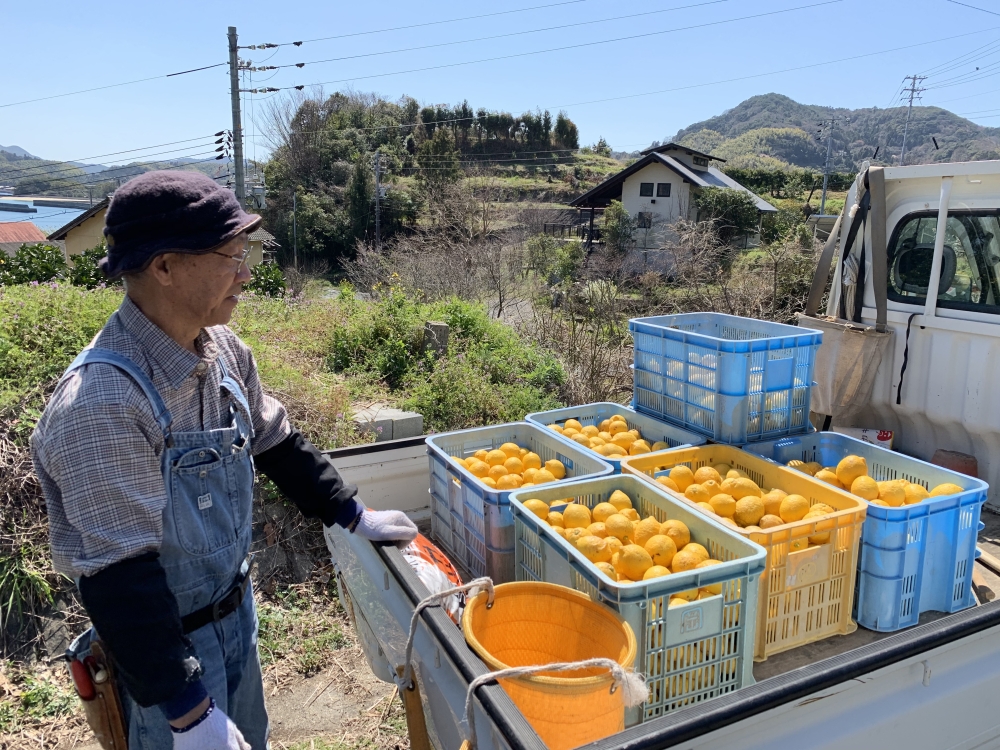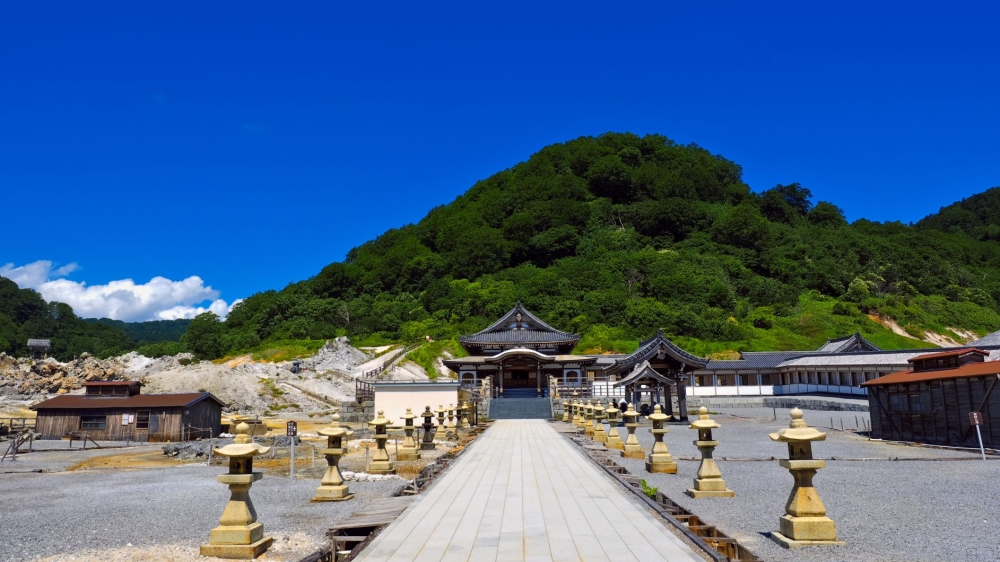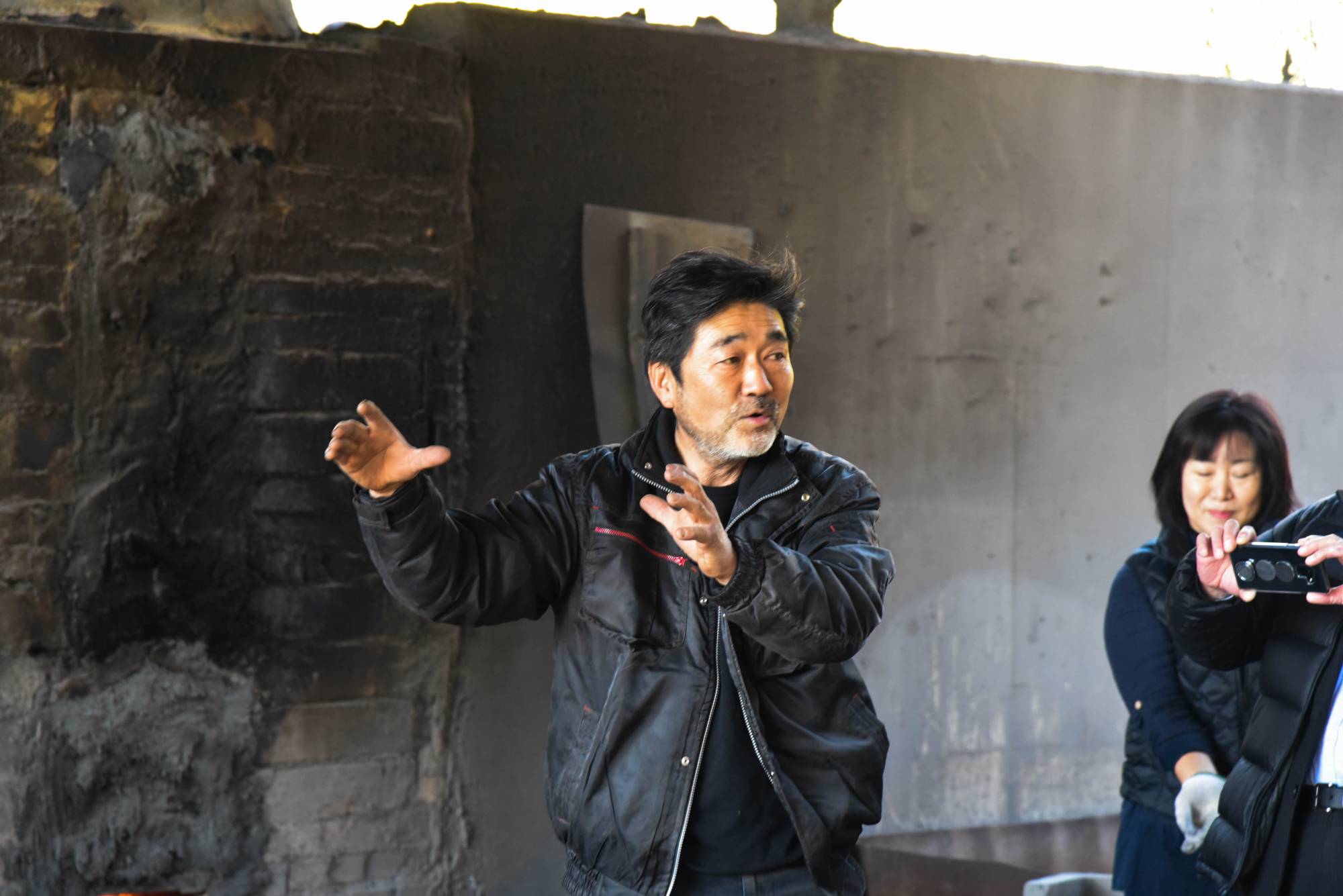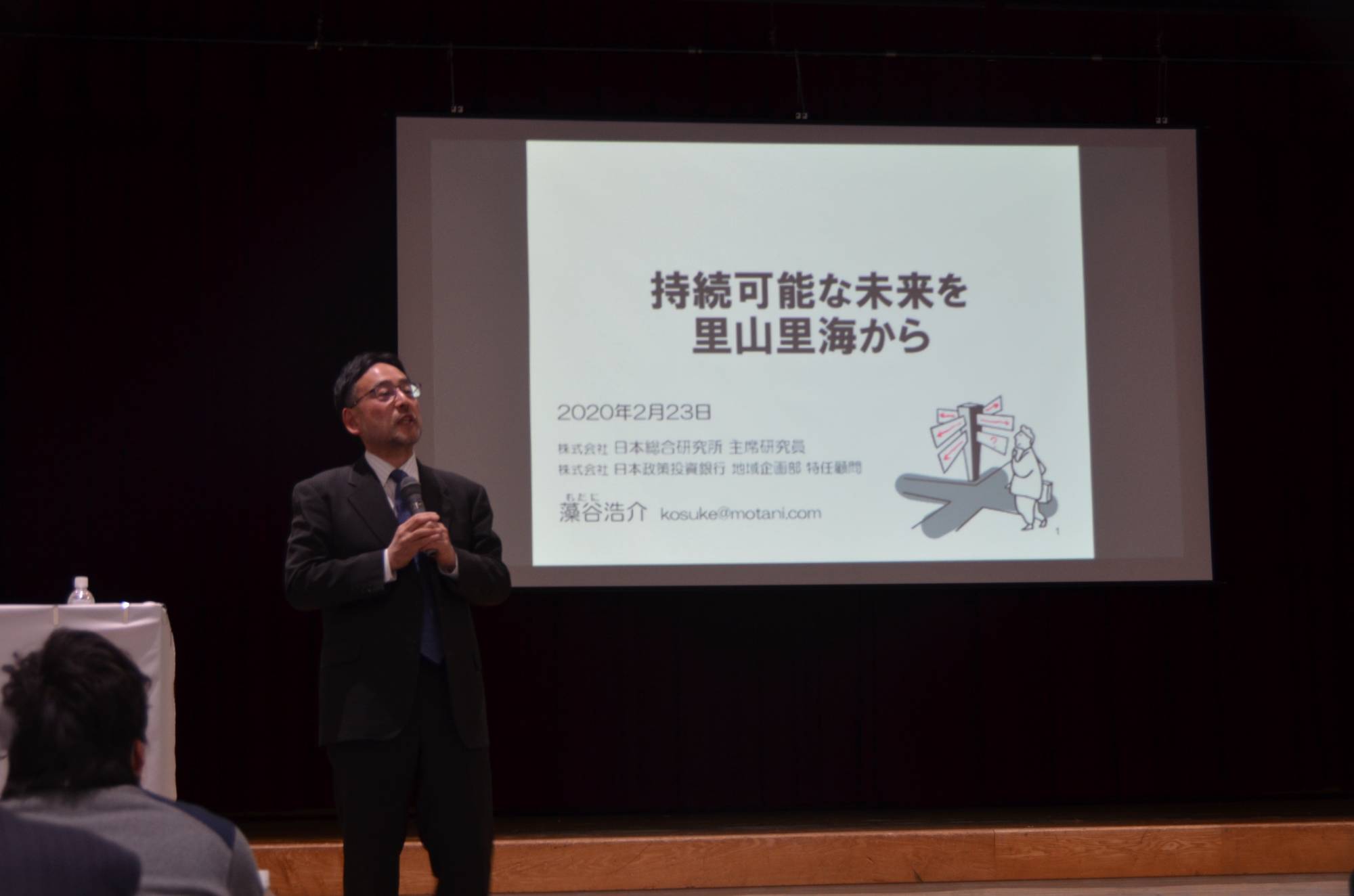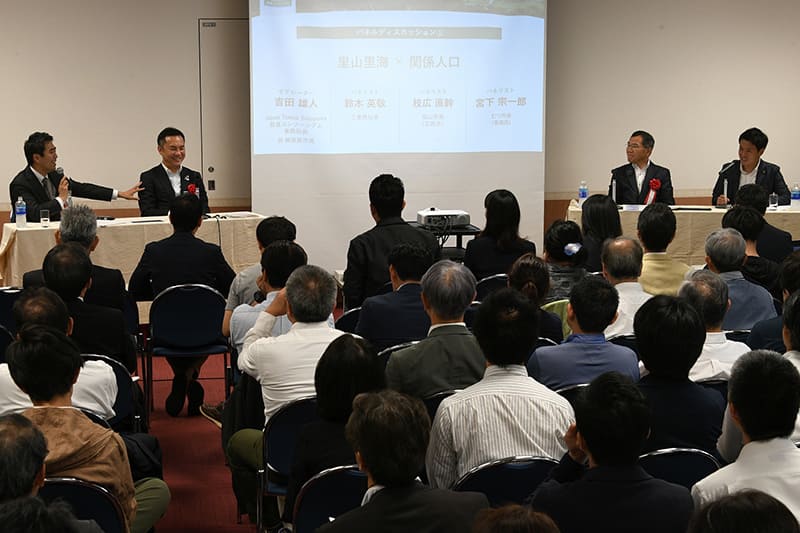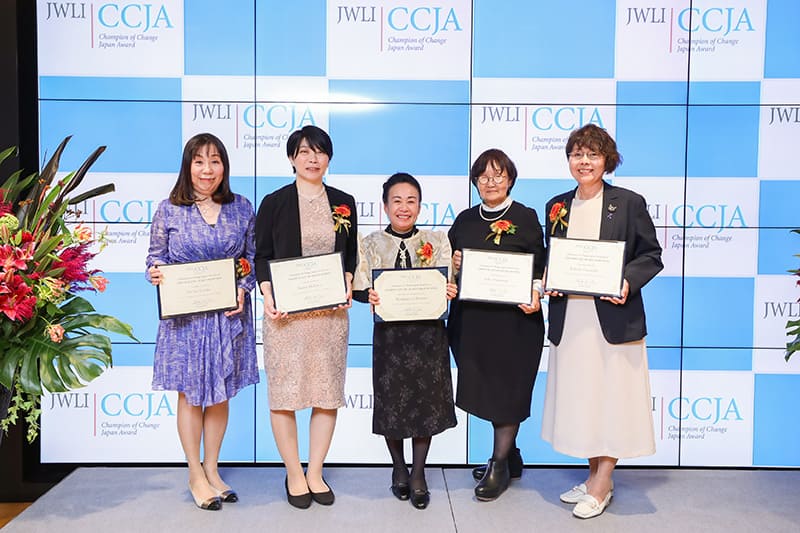April 26, 2020
Local production, local consumption urged
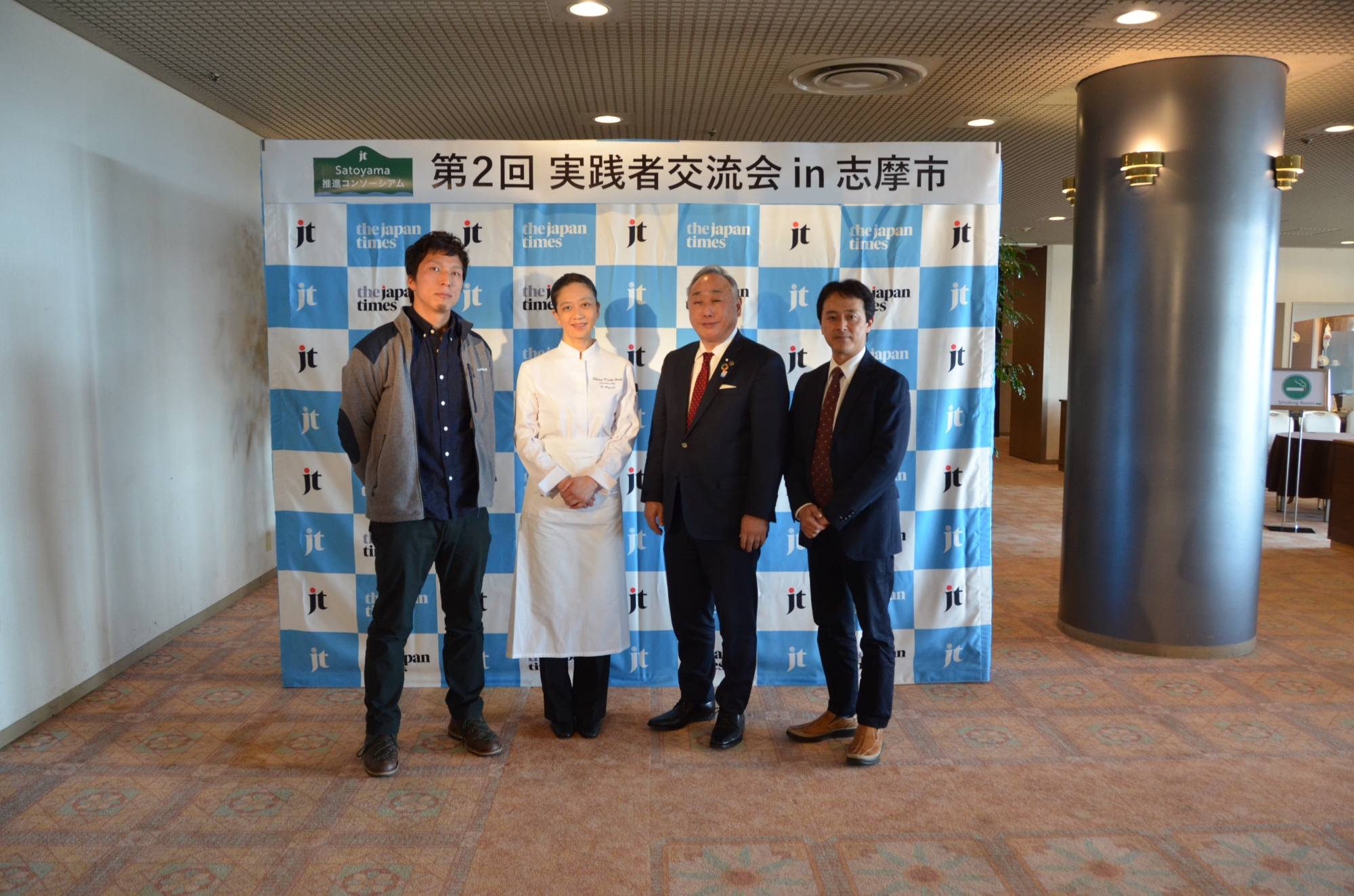
In a bid to share experiences and ideas about the effective use of existing resources of rural areas for revitalizing Japan’s local economy, the Japan Times Satoyama Consortium and the city of Shima in Mie Prefecture co-hosted a two-day event at the Hotel & Resorts Ise-Shima on Feb. 23 and 24.
The second session on Feb. 23 featured the theme of “ chisan chisho ” (local production for local consumption) in the areas of satoyama (mountains and woods shared and maintained by residents of the adjacent rural communities) and satoumi (marine and coastal environments where biodiversity is maintained through human intervention.)
The facilitator was Tadashi Matsushima, the owner of Setouchi Jam’s Garden in the town of Suo Oshima, Yamaguchi Prefecture. Setouchi Jam’s Garden is a homemade jam factory with a cafe and 30 staff members. It receives about 85,000 visitors annually and collaborates with 58 farms to produce a broad selection of jam.
“I wanted to create an economic cycle in the community,” said Matsushima, who stressed that local production for local consumption as well as selling agricultural products with added value to visitors is the way to make the whole community profit. When he launched his business on the island more than 10 years ago, the prices of agricultural products such as mandarin oranges for processing were very low, and young people were demotivated to take over their family farming businesses.
By purchasing such fruits and vegetables at reasonable prices to make jam, Matsushima has been contributing to the revitalization of local agriculture. He asked three panelists how they practice chisan chisho in their fields of work.
Hiroe Higuchi, the executive chef of the Shima Kanko Hotel who prepared the dinner for the Group of Seven Ise-Shima Summit 2016, and is the Bronze Award Winner of the 2017 Cooking Masters organized by the Ministry of Agriculture, said: “I visit local citrus orchards, lobster producers and cattle ranches to learn about the ingredients we use in cooking. It is our mission to share with our guests such information about what we cook and serve them.”
Higuchi also said the seasonality of ingredients is an advantage — to promote and continue local production for local consumption, it is important to “stop thinking that you have to be able to serve the same thing all year round.”
Shima Mayor Chihiro Takeuchi talked about the sustainable lobster fishing method applied at the Wagu fishing port. “During a certain period of the year, several fishermen share one boat to catch lobsters and divide the revenue equally,” he said. He explained that this method helps prevent overfishing caused by competition among fishermen, while saving the fuel cost by 80 percent and reducing damage to fishing nets. Momo Kondo, a teacher from Ainou High School of Agriculture, a boarding school with 56 years of history in the city of Iga, Mie Prefecture, said the students grow 70 percent of the food they eat and sell what they grow outside the school. “The students call themselves ‘producers’ when they sell their products,” said Kondo, stressing it is more responsible to do so and puts the students in an equal relationship with consumers. He also said that agriculture is a way to live and survive locally with the people around oneself. “How do you describe ‘peace’ without using the word, ‘peace?’ It is to live together with a lot of lives,” he said. That is the idea behind the school’s education.
When asked how local production for local consumption can be maintained when the number of producers is decreasing, Takeuchi said that there has actually been about 40 new residents who moved in from outside the city with the aim of becoming anglers in Shima. “It is crucial that consumers and communities support primary industries based on the awareness that the community produces what it consumes,” he said.
After this discussion given by the three panelists and the facilitator, Jun Hashimoto, a fisherman and owner of the Maru Kin Maru guest house in the Watarai area of Mie Prefecture, and a group of students from Mie Maritime High School in Shima, made presentations. Hashimoto offers hands-on experiences of fishing and aquaculture to share the sense of value and raise awareness for protecting existing resources. The students make and sell a variety of boil-in-the-bag, canned and bottled marine products. They aim to increase the ratio of locally produced and processed ingredients in their products in the coming years.

